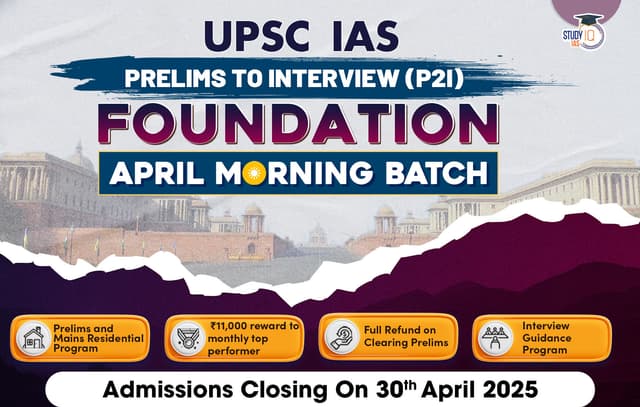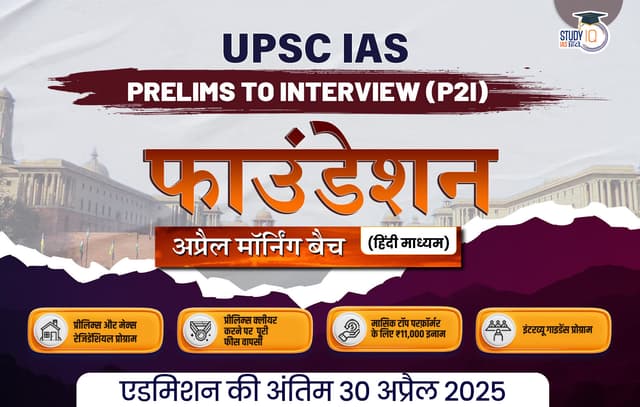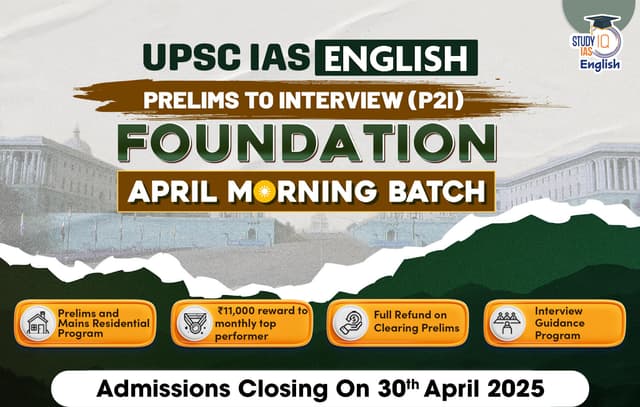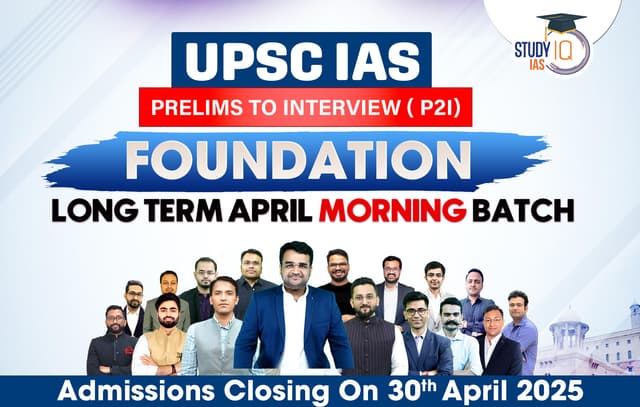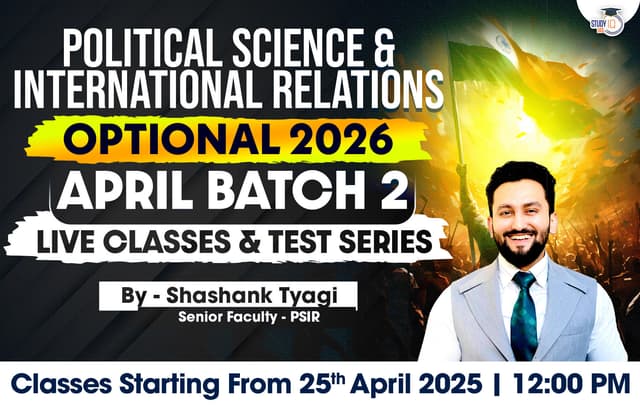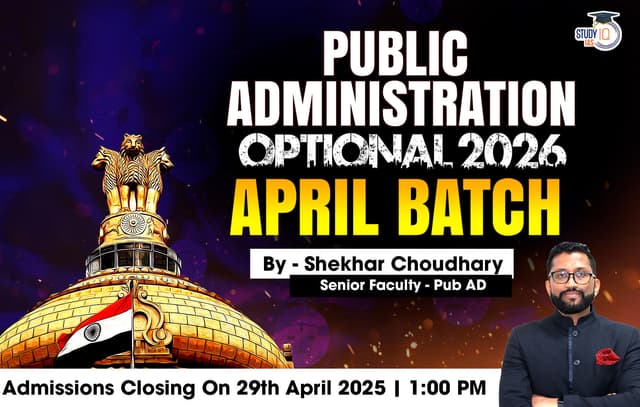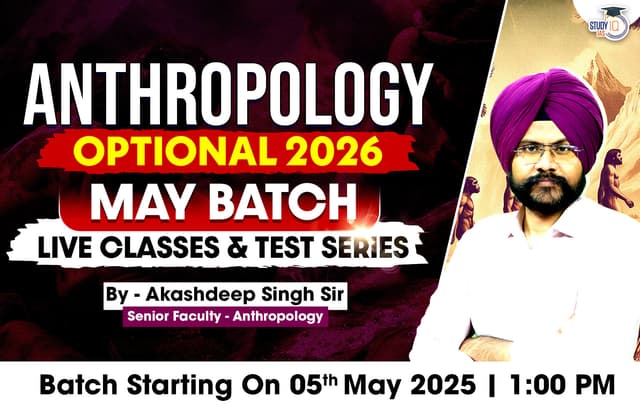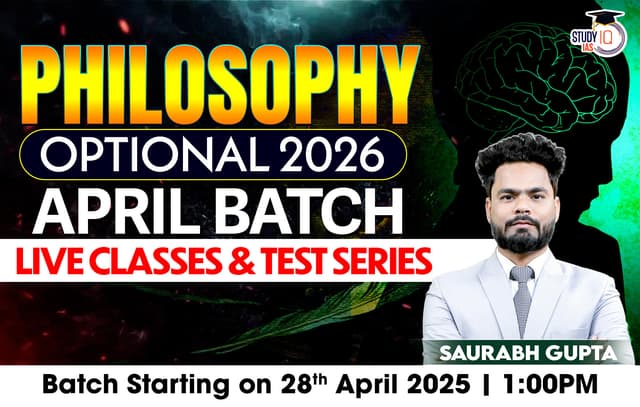Table of Contents
Context: Mission Mausam, launched in September 2024 with ₹2,000 crore over two years, aims to improve India’s weather forecasting through enhanced observations, AI-driven models, and better climate data analysis.
The Ministry of Earth Sciences has established a dedicated AI and ML centre to enhance short-range rain forecasts, create high-resolution urban weather datasets, and use Doppler radar data for real-time rainfall and snowfall prediction.
AI is Transforming Weather Forecasting in India
- Smarter Predictions with Data: AI systems can study vast amounts of past weather data to recognise patterns and forecast events like monsoons, cyclones, and heatwaves, without relying on the fixed equations used in traditional models.
- Eg., A machine learning model developed at IIT Delhi achieved 61.9% accuracy in predicting monsoons (2002–2022), outperforming many conventional systems.
- Faster and Scalable Forecasting: Artificial Intelligence (AI) tools can quickly generate short-term forecasts with lower computing demands, making them ideal for real-time warnings and nowcasting.
- Improved Forecasting of Extreme Events: Because AI can understand complex relationships between different weather variables, it’s particularly useful for predicting rare and sudden events like flash floods or tornadoes.
- Blending AI with Traditional Methods: By combining AI with physics-based models, forecasters can increase both the accuracy and trustworthiness of weather predictions.
Barriers to Using AI in Weather Forecasting
- Limited and Unreliable Data: AI needs detailed, clean, and long-term datasets to work well, but weather data, especially in remote areas of India, often has gaps or quality issues.
- Skill Gap Between Fields: Meteorologists may not be trained in AI/ML, and many data scientists lack knowledge of atmospheric science, making collaboration difficult.
- Lack of Transparency: AI models often function like a “black box,” which can make it hard to explain or justify forecasts to decision-makers.
- Infrastructure Limitations: Due to limited local computing power, many weather offices still depend on outputs from global agencies instead of generating their own AI-driven forecasts.
- Trust and Accuracy Concerns: Without proper testing and validation, AI forecasts could lead to false alarms or missed warnings, undermining public confidence.
What Needs to Be Done
- Set Up Integrated AI-Weather Centres: Develop institutions that combine AI expertise with meteorological research under one roof.
- Eg., The AI and Climate Research Centre at IITM Pune is a step in this direction.
- Improve Data Systems: Merge real-time and historic data from radars, satellites, and ground stations into a unified and standardised platform.
- Train Cross-Disciplinary Experts: Build a new generation of professionals—meteorologists who understand AI, and AI engineers trained in climate science.
- Build India-Specific AI Models: Design forecasting models customised to India’s unique geography and climate to offer more localised forecasts.
- Encourage Collaboration: Foster partnerships between government agencies, research institutions, and private startups to develop and deploy trustworthy AI models.
Conclusion
AI can play a major role in advancing weather forecasting in India, especially for timely alerts on extreme weather events. However, realising this potential will require strong data systems, skilled professionals, and close collaboration across sectors. With the right efforts, AI could become a key tool in strengthening India’s climate preparedness and resilience.

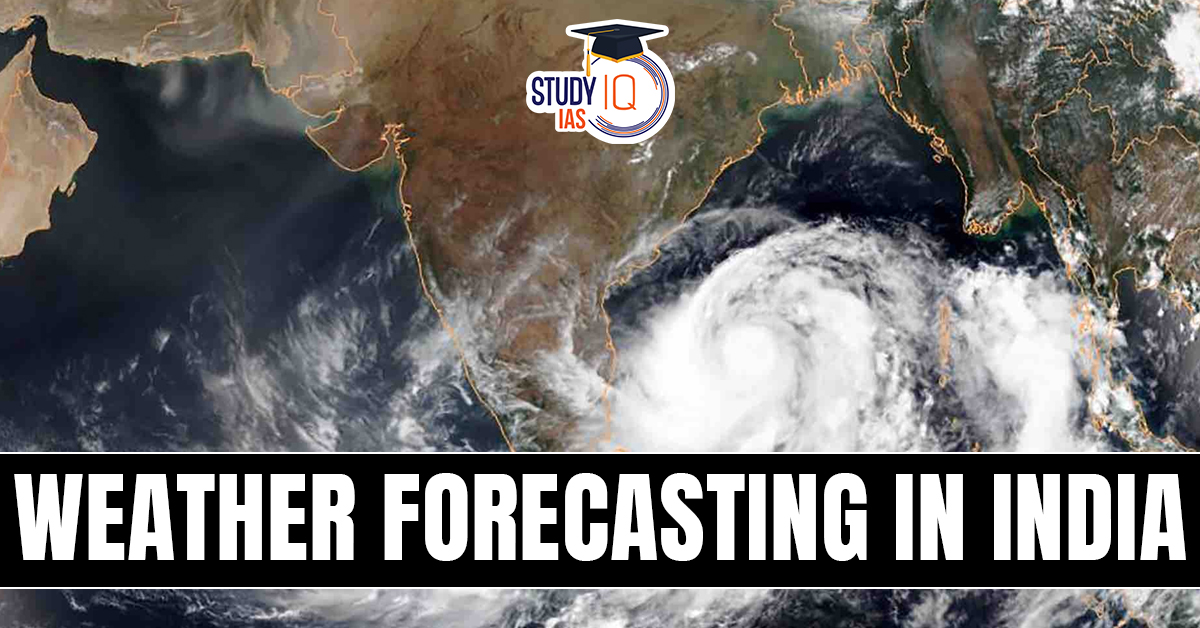
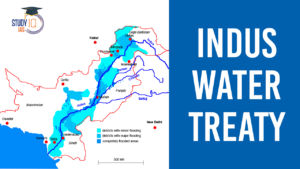 Cabinet Committee on Security Suspends I...
Cabinet Committee on Security Suspends I...
 Places in News for UPSC 2025 for Prelims...
Places in News for UPSC 2025 for Prelims...
 Harnessing Spiritual Aastha for River Re...
Harnessing Spiritual Aastha for River Re...

